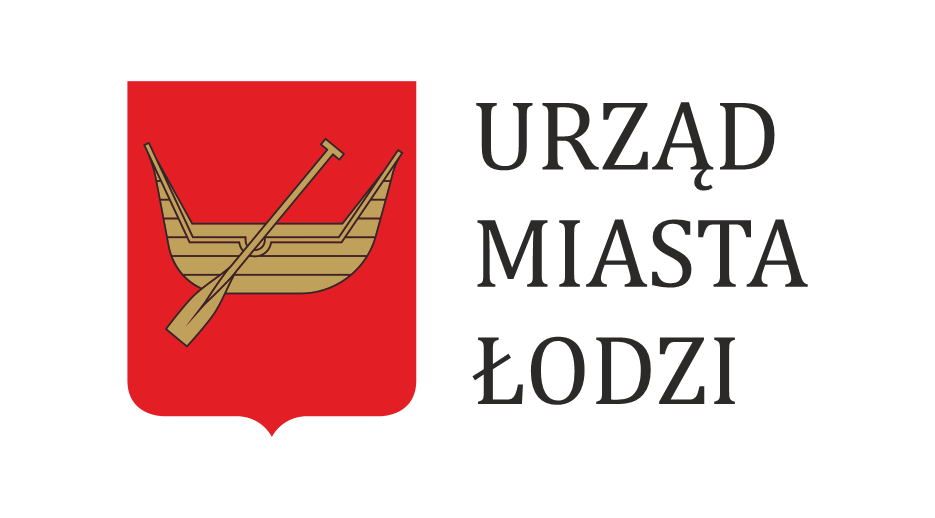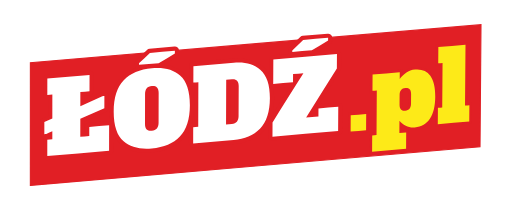City RE:invented
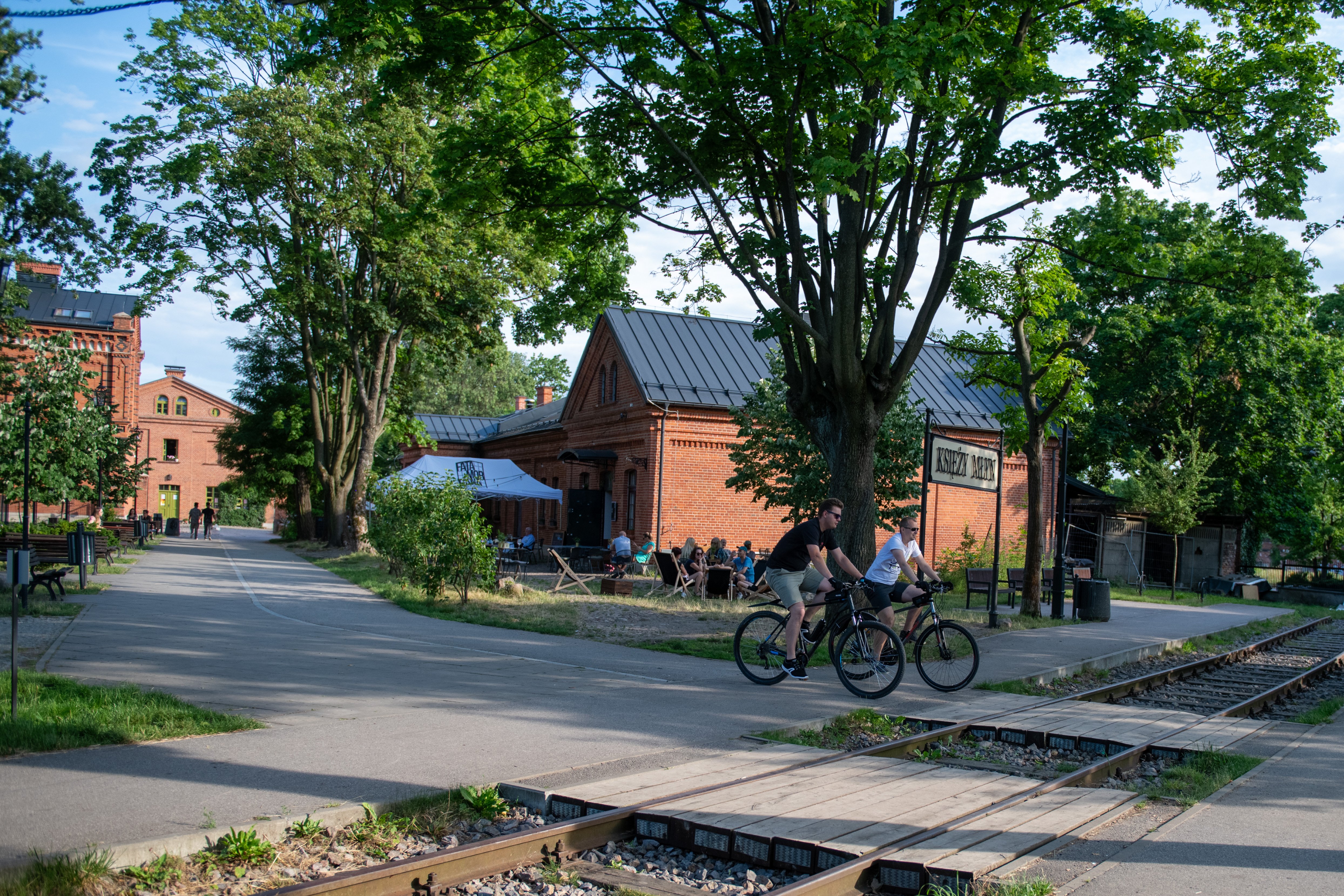
1. Priest Mill (Księży Młyn)
The factory and residential complex on the Jasień River was built in the 19th century by Karol Scheibler, the richest industrialist in Łódź, on the site of a former mill settlement belonging to a local priest - hence its name. It was a self-sufficient city within a city, modeled on English industrial settlements. There were factory buildings here, including: a huge, castle-like spinning mill, warehouses, workers' houses (famuły), a school, a fire station, a hospital, shops, owners' residences and a railway siding. All this was planned along simple, cobbled streets and architecturally coherent.
In 1971, the urban complex of Księży Młyn was recognized as a monument of industrial architecture. The collapse of the textile industry forced a change in the function of the estate. Today, Księży Młyn is a magnet attracting tourists, artists and photographers, a place where you can feel the atmosphere of old Łódź. The estate is systematically renovated, and its great advantage is a large amount of greenery. Periodic picnics, fairs and concerts are organized here.
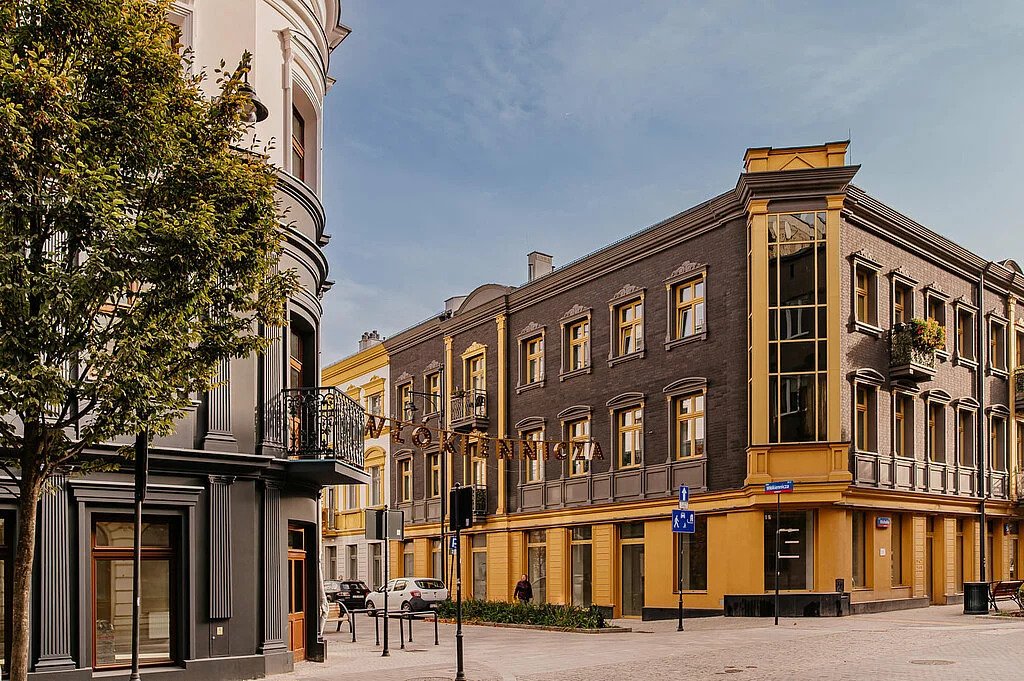
2. Włókiennicza Street
It is a place where history meets modernity. After a thorough revitalization, this iconic street invites tourists and residents to discover its unique character. Walking along Włókiennicza, you will immerse yourself in the atmosphere of the former glory of the Łódź textile industry, which is being revived in a new, exciting form.
Every step along this historic street is a journey through time. It is here that you will admire the beautifully restored tenement houses that are now home to modern cafes, boutiques and art galleries, and you will experience the true spirit of Łódź - a city of creators and artists. Textiles are not only the past. It's also the future. New, colorful art installations and interactive murals combine tradition with modernity, creating an unforgettable experience.
Włókiennicza Street is a place where history and modernity intertwine, creating a unique atmosphere.
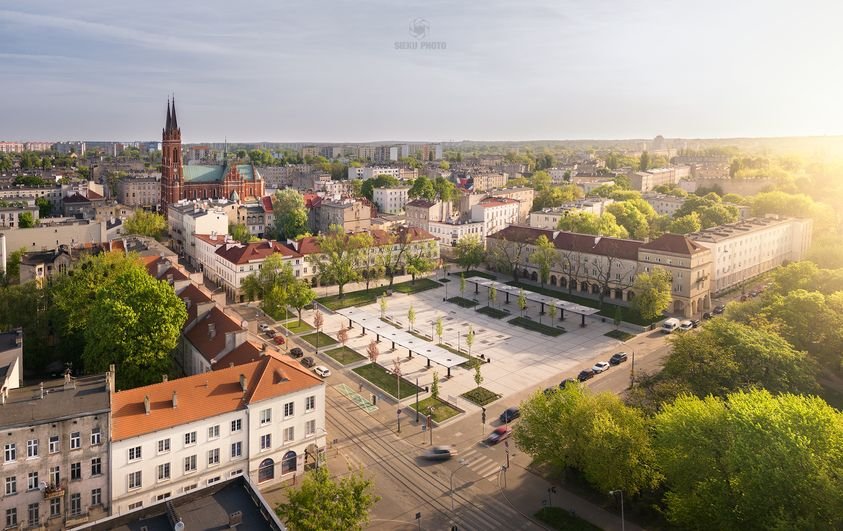
3. Freedom Square and Old Town (Plac Wolności i Stare Miasto)
Freedom Square was established in 1823 and was originally called the New Town Square. Right next to the marketplace, located in the center, in 1827 the City Hall and the Evangelical Church of St. Trinity were built - the first representative buildings of Łódź. 30 years later, the district school building (now the Archaeological and Ethnographic Museum) appeared. In 1898, tram connections reached the place and the market square was transformed into a representative square of the city.
Currently, the communication function has been combined with the leasrue one. There are trees and lower greenery as well as grass areas, where residents and tourists can relax and have picnics.
Near the square there is the Old Town, located on the Łódka River thanks to King Władysław Jagiełło in 1423. Its remaining elements include the Old Market Square and the Old Town Park.
Thanks to the area revitalization program, these places were renovated to serve residents and tourists. Atmospheric cafes and restaurants have appeared on the square, concerts and outdoor events are also organized. Next to the market square is Manufaktura - a former factory complex transformed into a huge entertainment and cultural center, with the luxurious Andel's Hotel.
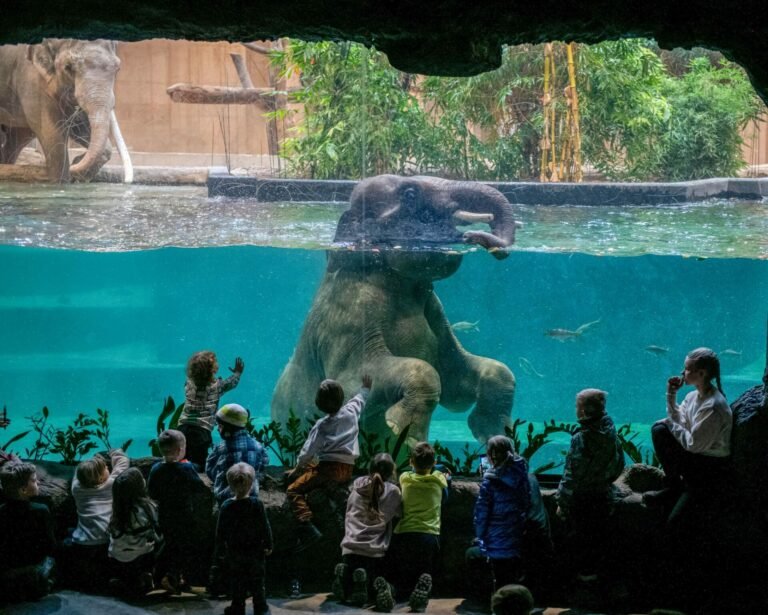
4. Orientarium
This is the most modern pavilion in Europe dedicated to the fauna and flora of Southeast Asia. It was built next to the Łódź ZOO.
The building, enclosures and aviaries occupy an area of almost 10 football fields. The solutions used allow animals to be kept in large spaces, in combination with other species and in a diversified environment. Guests can observe the inhabitants of the Orientarium from three perspectives: underwater, on land and from above. The Orientarium and the rest of the ZOO are available to visitors all year round, and the animals do not have to be moved to breeding facilities during the cold season. The Orientarium is home to 35 species of land animals and 180 species of fish.
From Monday to Friday, the facility hosts unique educational activities, during which you can learn, among other things, how thick an elephant's skin is, what tigers eat and whether sharks are really very dangerous. The proposals differ significantly from typical science lessons. Before each class, the teacher or parent can consult the program and, together with the educators, carefully plan a visit to the garden.
